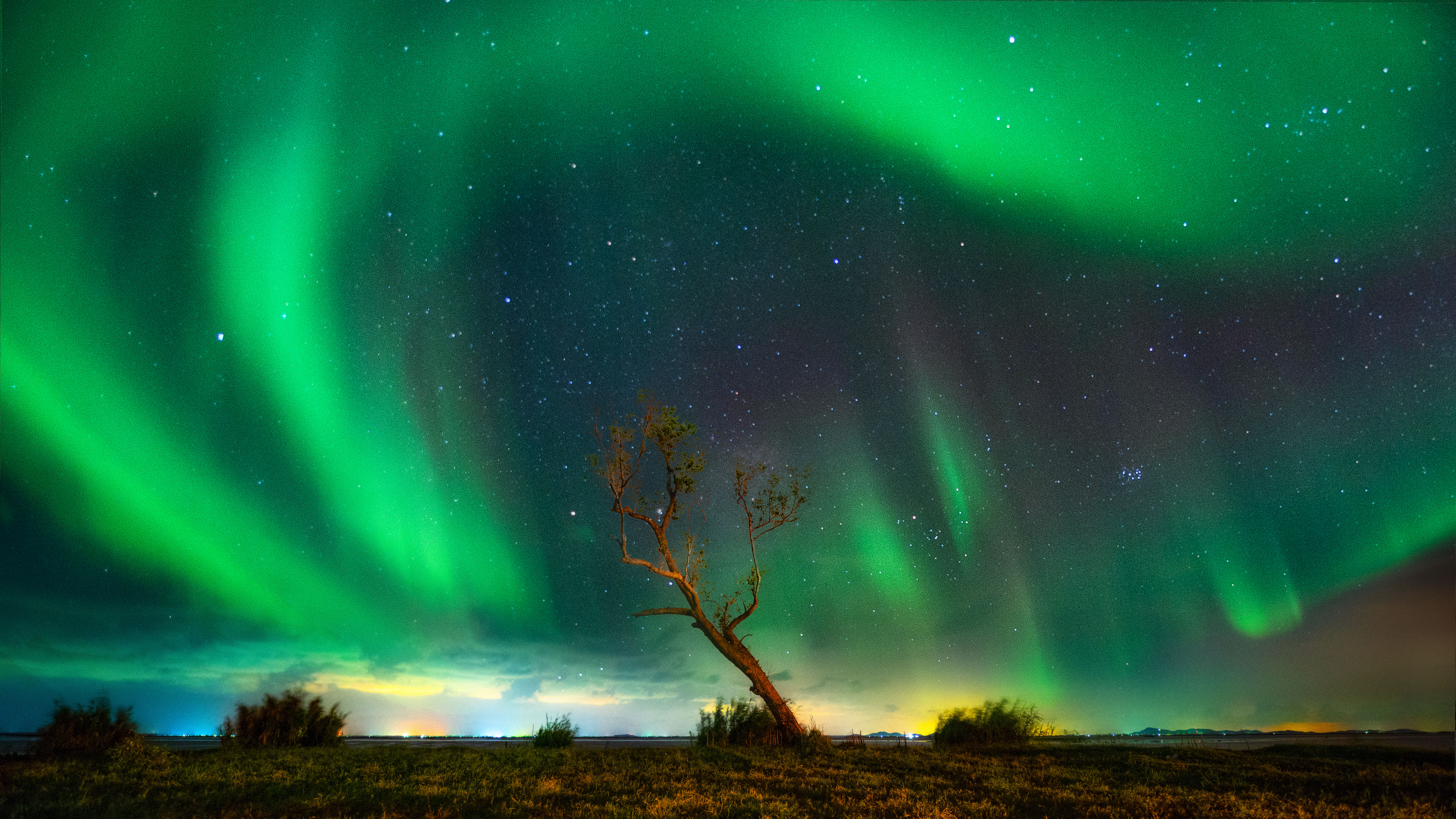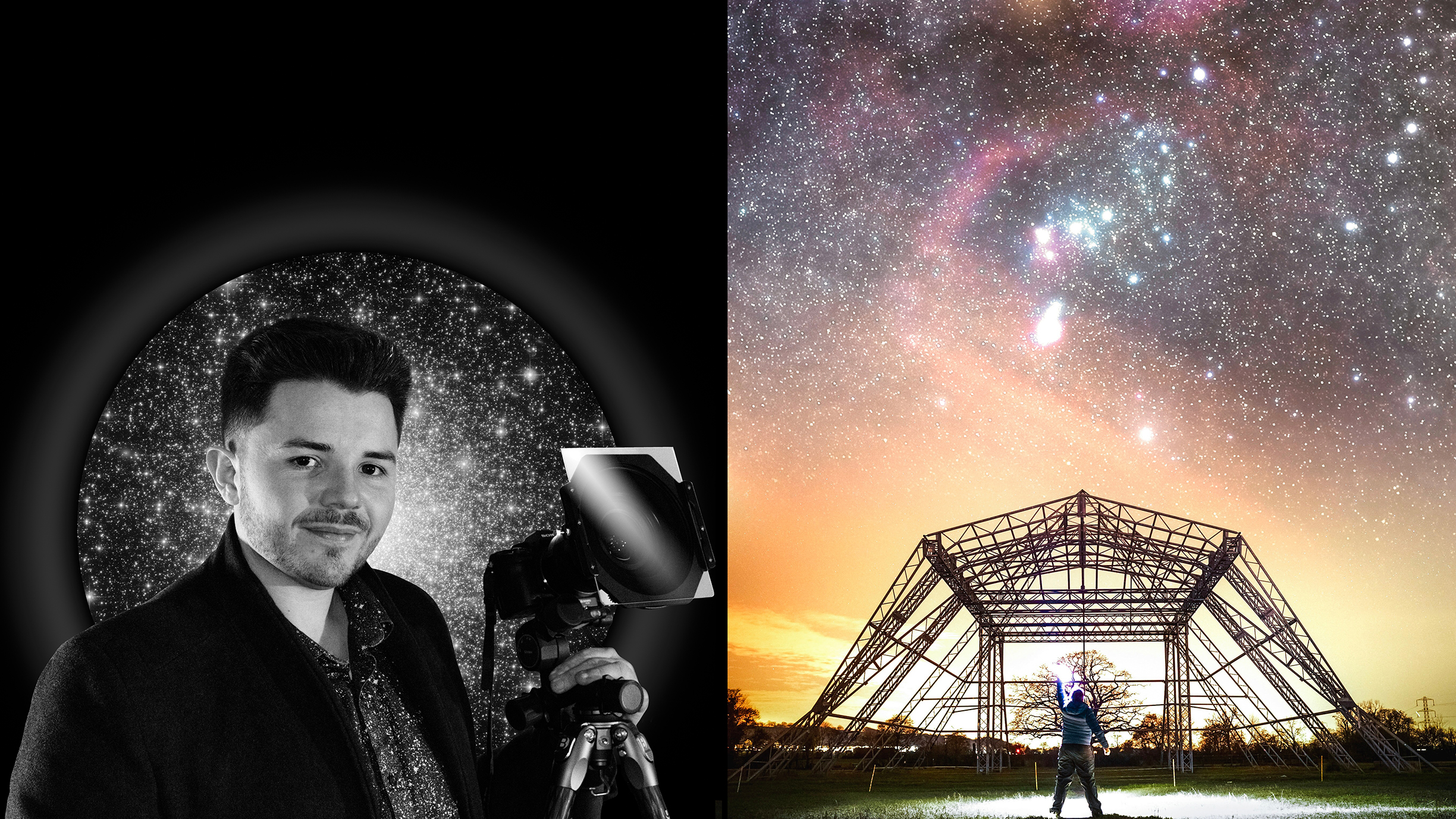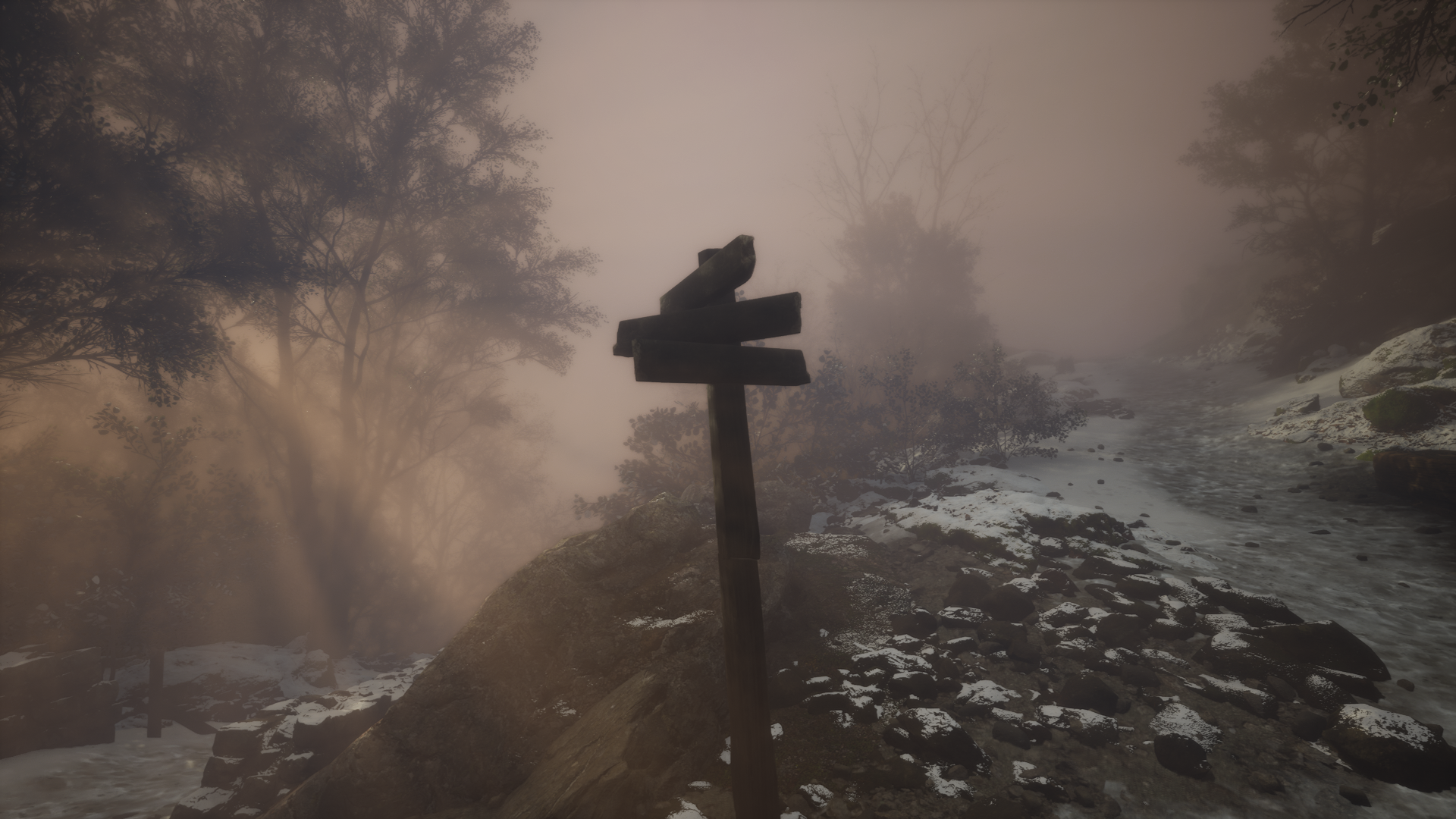Astrophotography
Latest about Astrophotography
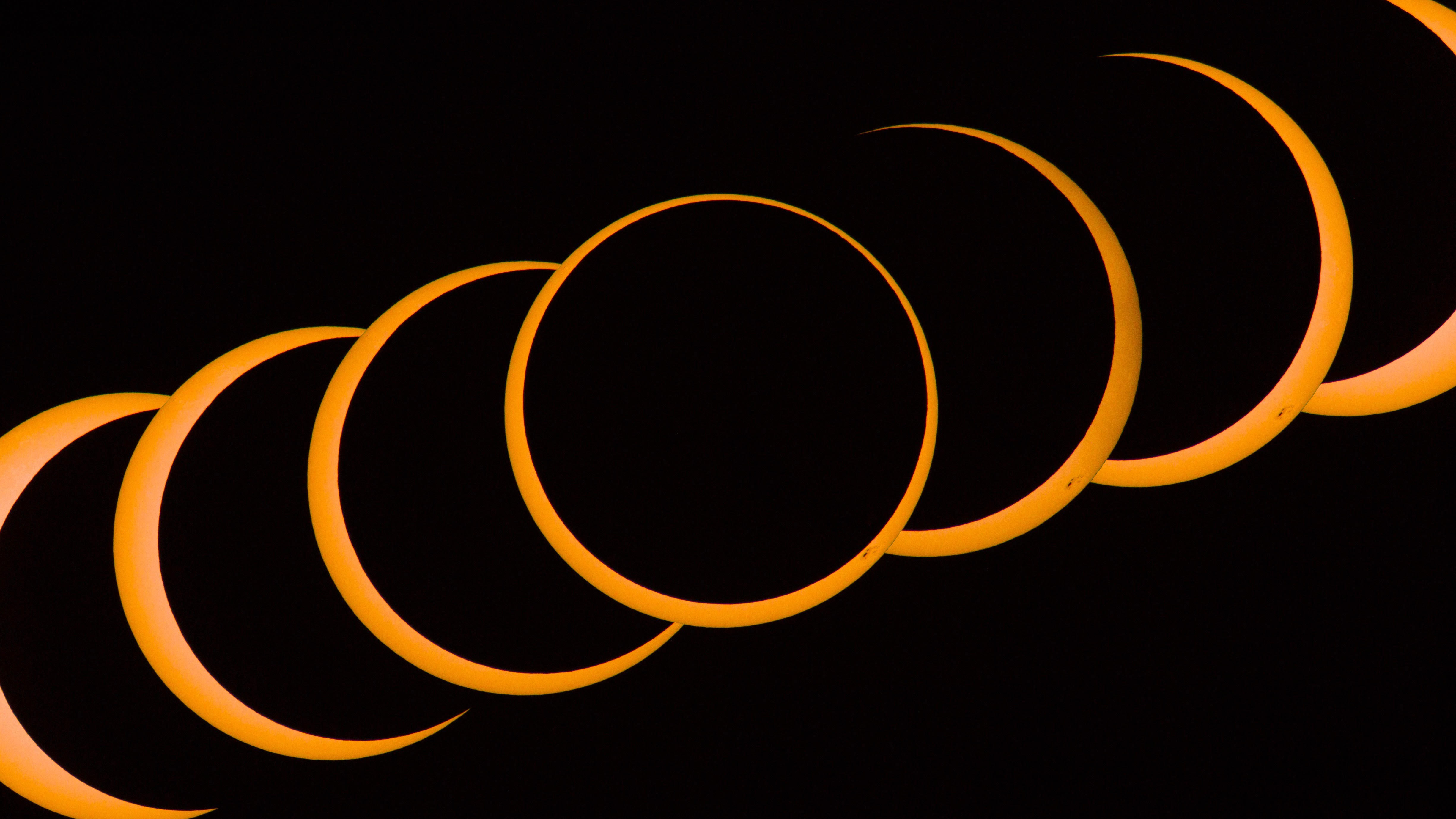
Astrophotographer captures stunning shot of "dramatic" Annular Solar Eclipse
By Leonie Helm published
NEWS Josh Dury captured these stunning shots of the incredible rare Annular Solar Eclipse from Easter Island, or Rapa Nui
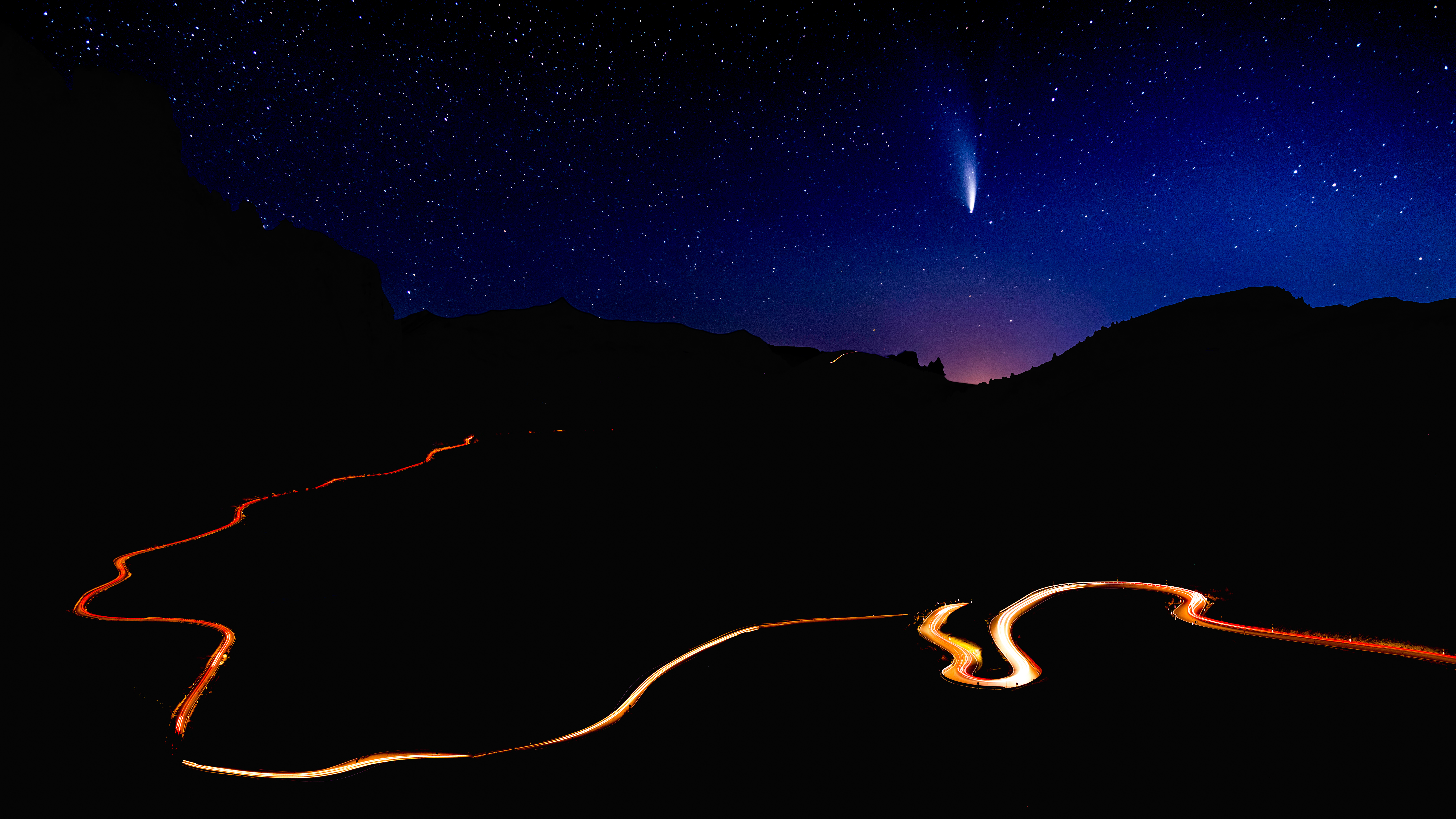
Astrophotography in October 2024: what to shoot in the night sky this coming month
By Jamie Carter published
astrophotography Everything you need to know about what’s happening in the night sky this month.
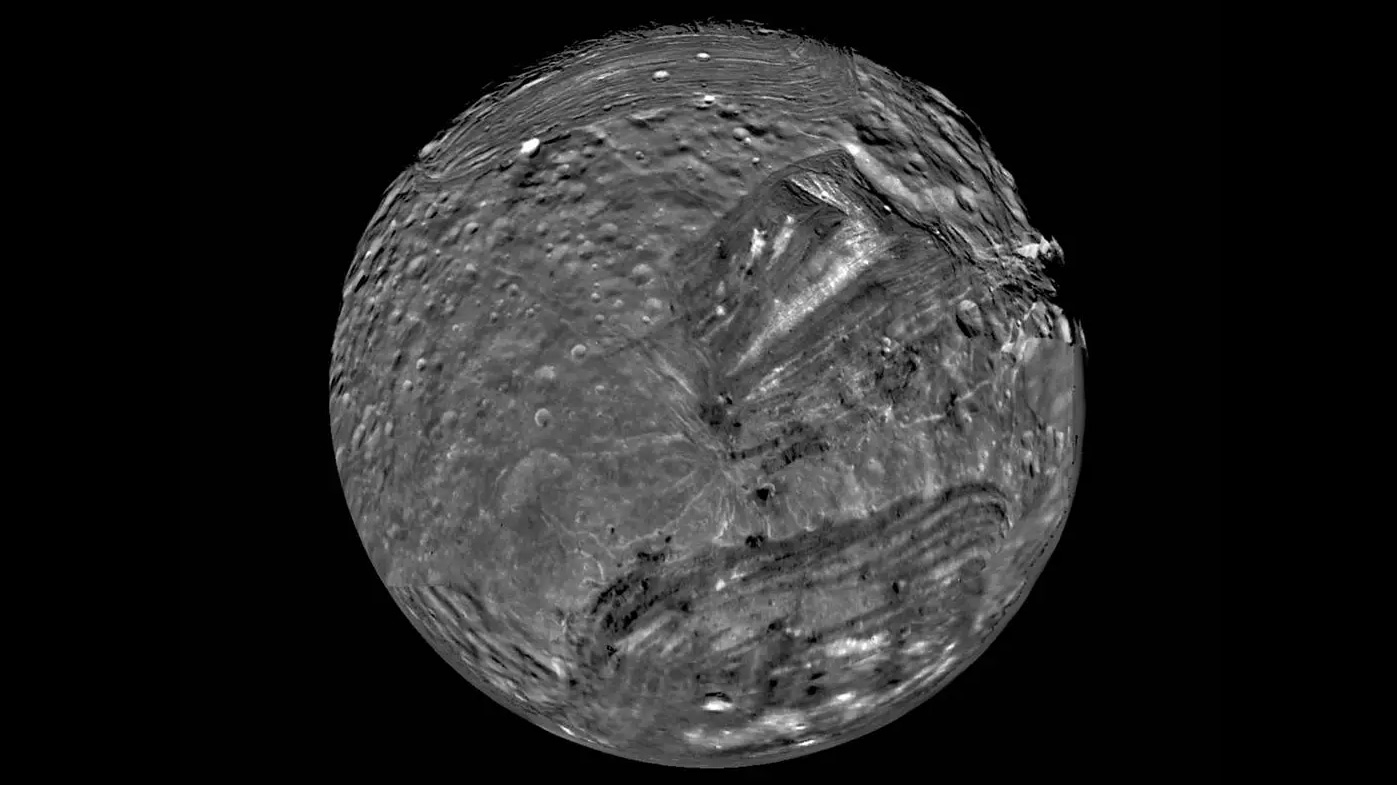
NASA photo inspires engineer to create mining colony on moon of Uranus – just 38 years and 1.6 billion miles later!
By Adam Juniper published
News This photo from Uranus's moon Miranda caught by the legendary NASA mission Voyager 2 has inspired a new book
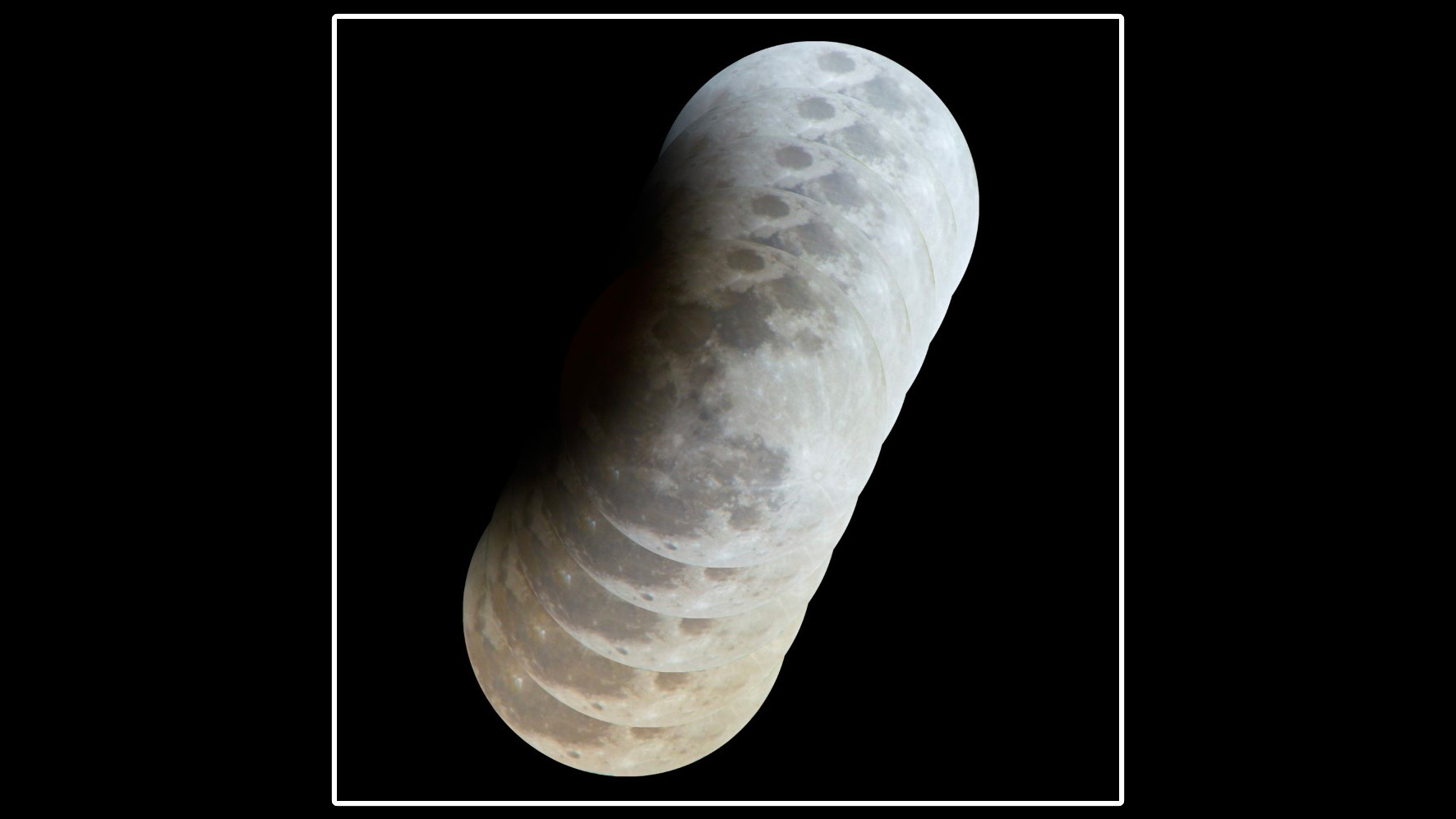
This photo from last night's partial lunar eclipse is out of this world!
By Mike Harris published
FEATURE This marvelous moon multiplicity was captured during last night's partial lunar eclipse – the astrophotographer who took it tells all
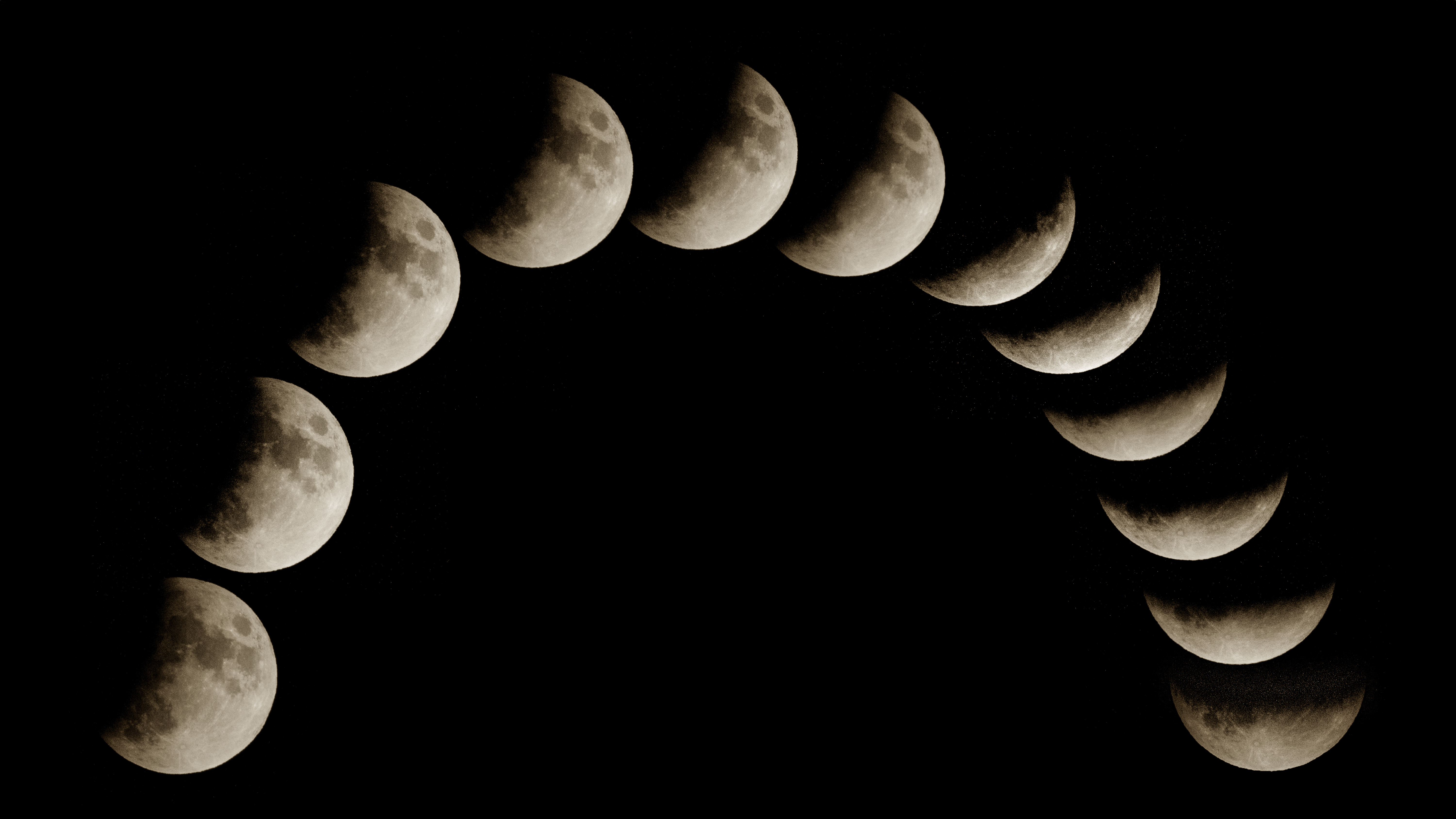
There's a partial lunar eclipse tonight – learn how and when to photograph this stunning celestial event
By Mike Harris published
TUTORIAL The Northern Hemisphere will be treated to a partially eclipsed harvest supermoon during September 17 and 18. Here's how to photograph the standout celestial event, tonight
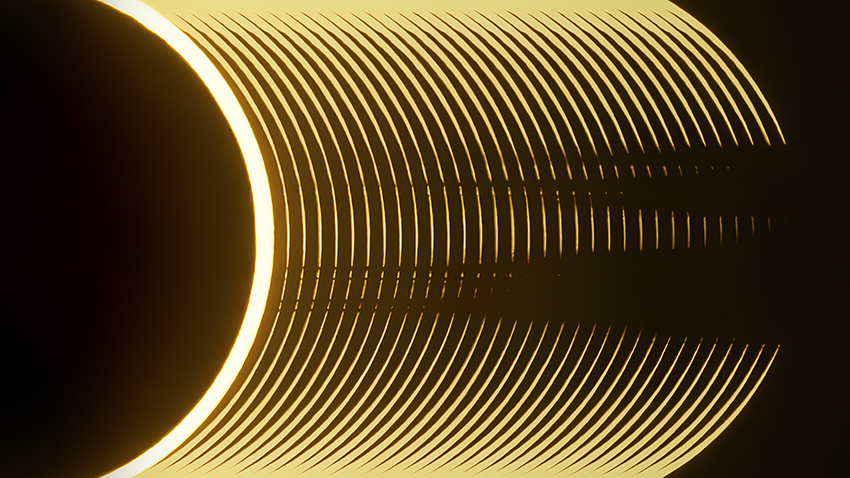
Astronomy Photographer of the Year 2024 winner eclipses all others!
By Leonie Helm published
NEWS The winners include far away galaxies, supernovas, aurora, the surface of the moon, as well as other stunning astral images
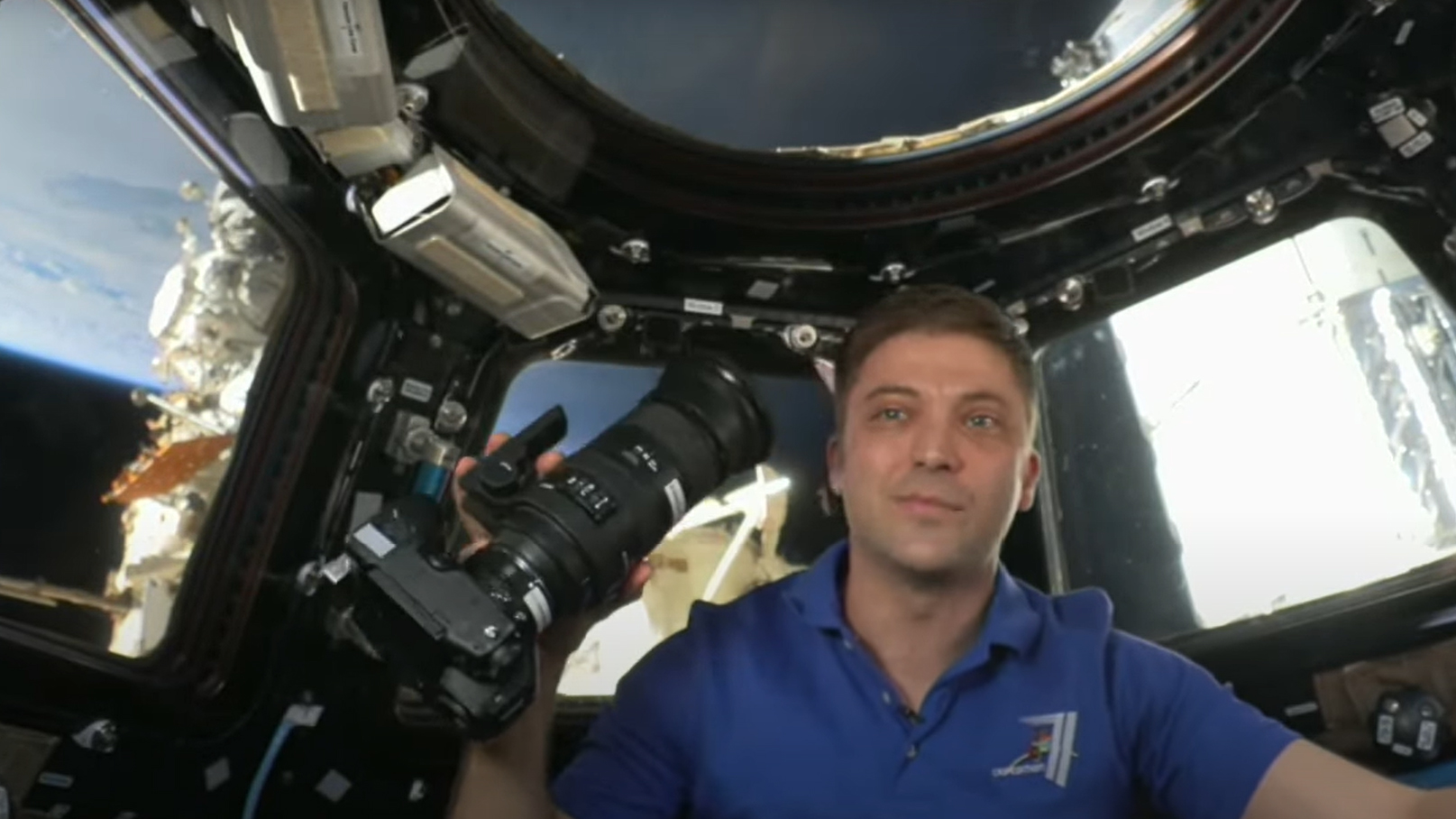
Astronaut Matthew Dominick shares his favorite photographs he’s taken from space in first-ever astronaut interview from the ISS cupola
By Leonie Helm published
NEWS "We're going 17,500 mph making a lap around the Earth every 90 minutes," said Matthew Dominick from the ISS

NASA's Hubble Telescope photographs garden of galactic roses in stunning images
By Leonie Helm published
News The Andromeda galaxy is the Milky Way's closest neighbor, and the most distant object that can be seen with the naked eye
Get the Digital Camera World Newsletter
The best camera deals, reviews, product advice, and unmissable photography news, direct to your inbox!
